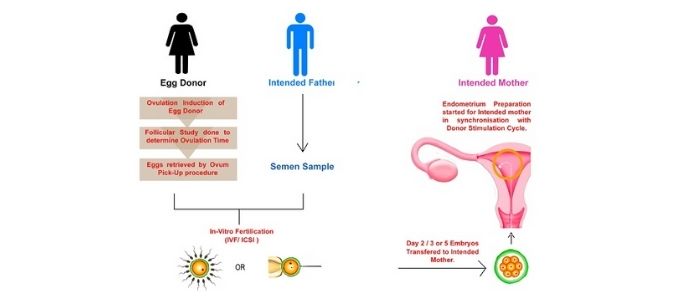We must explain to you how all seds this mistakens idea off denouncing pleasures and praising pain was born and I will give you a completed accounts of the system and expound.
123/A, Miranda City Likaoli Prikano, Dope United States
+0989 7876 9865 9
Oocyte donation or egg donation is a part of assisted reproductive technology (ART) in which a fertile woman donates an egg or oocyte to help another woman get pregnant. With the help of a donated oocyte, a woman with ovarian failure or poor oocyte health can conceive and deliver a healthy baby. It is also helpful for women with multiple failed IVF attempts.
The procedure of oocyte donation involves removing eggs from the donor, fertilizing them with sperms in the laboratory and subsequently transferring the fertilized eggs (embryos) into the woman’s uterus. It is usually done by employing procedure like IVF. The embryos can also be frozen for later use.
Oocyte donation is useful for a woman who cannot use their eggs due to various reasons-
Women who fulfil the following criteria can donate oocytes or eggs-
Generally, the donor returns to normal activities after transvaginal ovarian aspiration. In some cases, the donor may feel resting for a few days to recover completely.
Oocyte Donation is a low-risk procedure. The egg retrieval process is completely safe and doesn’t cause any serious problems. However, few may encounter issues like:
These are a few side-effects that some women may experience, although most of them subside on their own. Serious damage or severe bleeding is unlikely. The doctor may prescribe antibiotics to prevent any infection.
